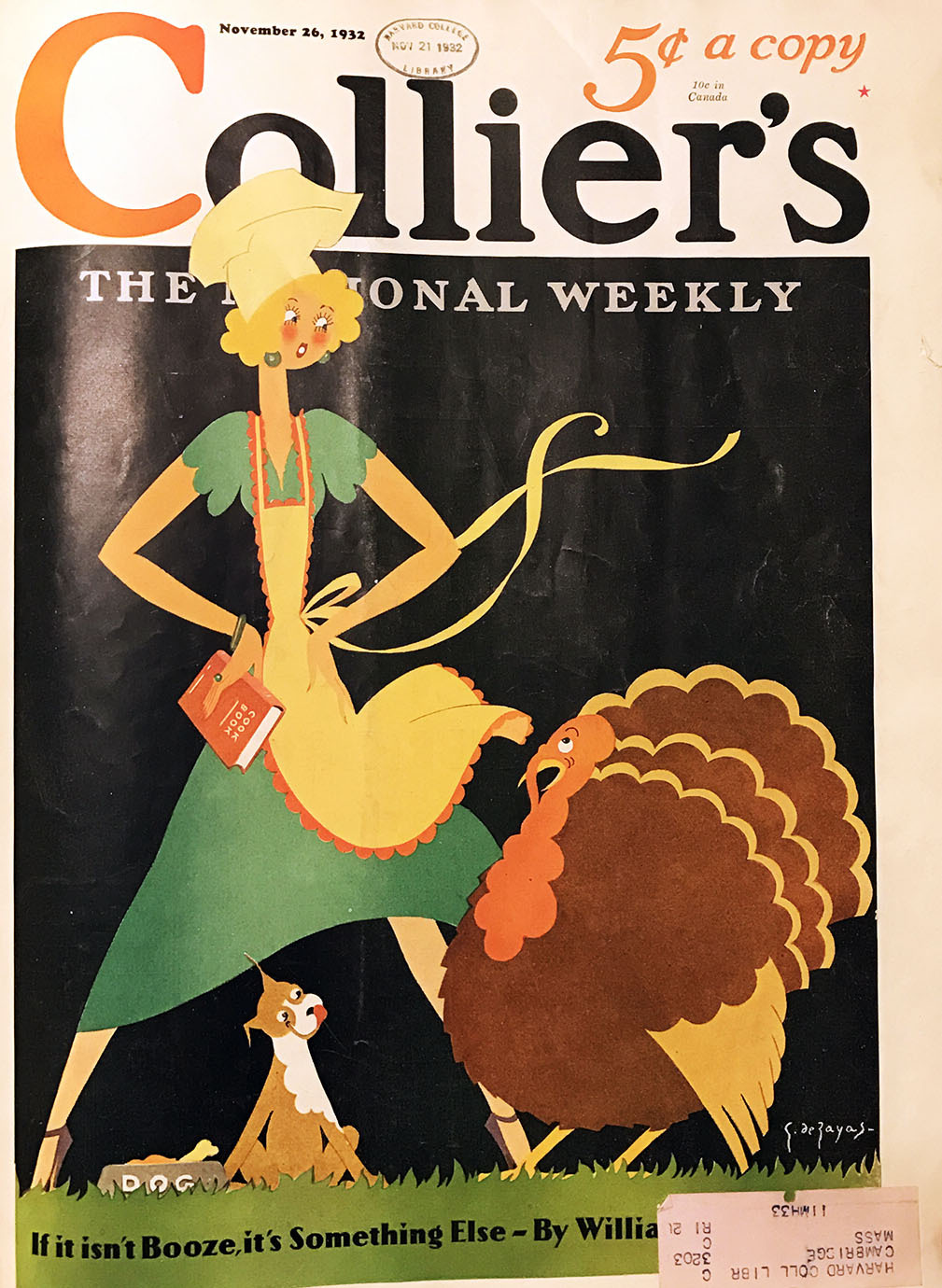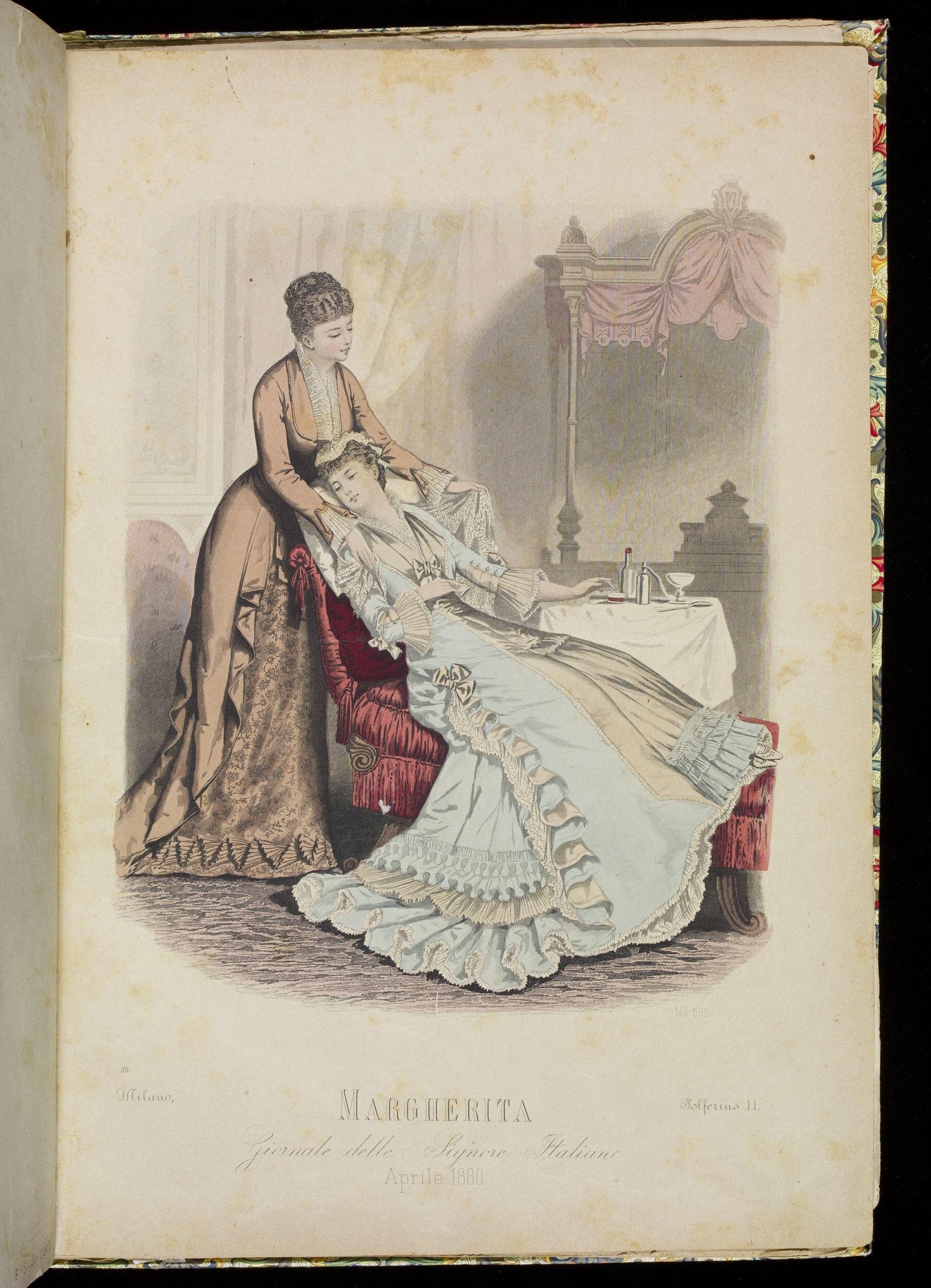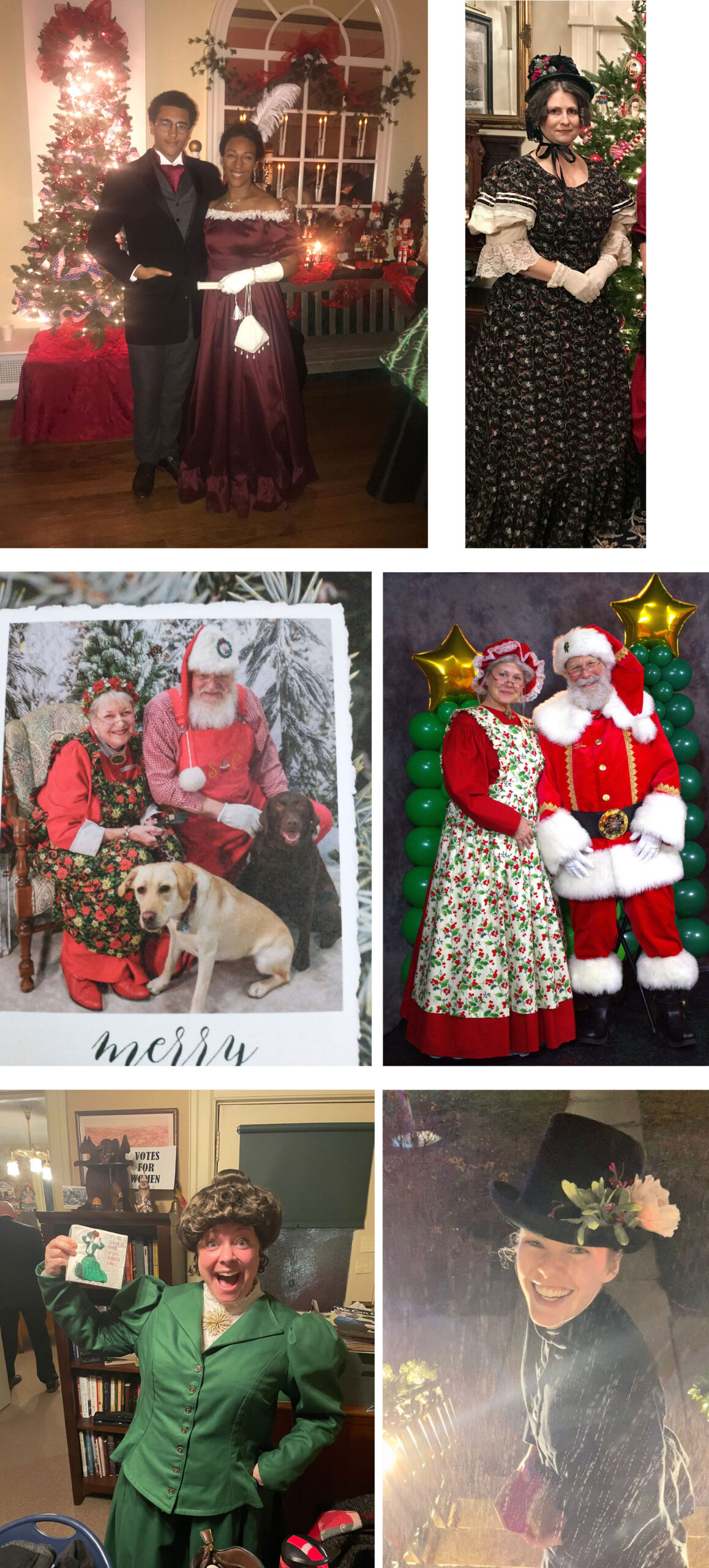The Civil War (1861 – 1865) had a large, and very personal effect on everyone then living in the United States, but most especially in the South. Most of us recall images from the very famous movie “Gone with the Wind”. Who hasn’t seen and envied Scarlett’s ivy-print day dress, or the fabulous red gown she wore in the movie? As you browse through these gowns, you might picture yourself having lemonade in the shade of the Oaks at Tara.
Probably the most distinctive signature of Civil War era clothing for ladies was the hoop skirt. Fashion in the 1860s featured the hoop skirt at its largest width. A lady’s skirt took up to five yards of fabric – before adding ruffles and trims. During the war, the supply of cloth from the north to the southern mills was cut off, which must have put a huge burden on ladies desiring new clothing, so perhaps the story of Scarlett re-cycling her curtains into a new dress wasn’t so far-fetched!
In general, the correct “profile” for the period featured a very full floor-length skirt (it would be shorter for very young ladies), and a closely-fitted bodice. The sleeves were often very full, and might have a bell shape or be very full at the sleeve head. The shoulder seam was typically dropped slightly down from the shoulder, and the waist was often just a bit above what we would consider a natural waistline.
Wealthy Victorian women changed their clothes as many as five times a day. They would start out with a plain “morning dress”; a “day dress” was worn in the mornings or afternoons for informal occasions such as breakfast. If they went visiting; ladies donned a “walking dress” with a long jacket. For an evening out, they would wear an “evening dress” which would be cut low on the shoulders. Evening dresses were made of the most lavish styling, and might include expensive lace or trims. They usually had short sleeves, although three-quarter sleeves were also popular. The skirts were very full, and sometimes had a train.
Clothing during the era also included the crinoline. A crinoline was originally a very stiff fabric, which incorporated horse hair and linen. The name “crinoline” was invented by one of the fabric manufacturers, and incorporated the Latin words “crinis” (meaning hair) and linum (meaning flax). By 1850, the word had come to mean a stiffened petticoat or structure of steel designed to support the skirts of a woman’s dress into the required shape.
As a side note, wearing black would be very appropriate for Civil War attire. The Civil War lasted 4 years and it is estimated that 618,000 men died. By far the largest percentage of these casualties was Southern men. Depression fell over the entire Nation and the widows in their mourning weeds made matters worse. There were so many women wearing black in Mississippi that the Governor of Mississippi tried to pass a law banning widow’s weeds because of the poor morale.











Leave A Comment